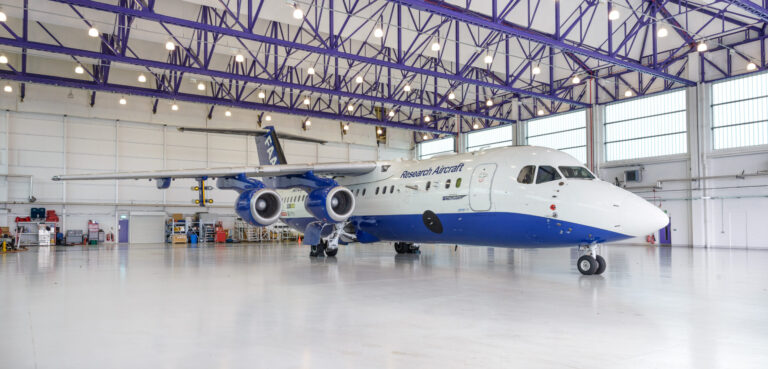UK-based researchers have been awarded £1.8m (US$2.2m) in funding from the Natural Environment Research Council (NERC) to improve high resolution forecasts of extreme weather by observing turbulent processes in the atmosphere.
Led by the UK’s National Centre for Atmospheric Science (NCAS) and the University of Leeds, the WOEST campaign will deploy a series of weather radars, weather balloons, unmanned aerial systems, cloud cameras, and an extensive network of ground-based sensors across southern England to build a complete picture of turbulence in the atmosphere.
To maximize their work, they will join forces with the Wessex Convection Experiment (WesCon), a summer observational campaign led by the UK Met Office.
Dr Ryan Neely III, lead researcher and associate professor, NCAS and University of Leeds, said, “Turbulence is easy to see in our daily lives, if you look closely at clouds in our sky, you might notice how air swirls in random fluctuations around their edges.”
According to Neely III, trying to measure turbulence and its impacts on our weather has been a longstanding challenge for researchers. “How do you quantify chaos?” he said. “Our observational campaign sets out to do just that. We have brought together a world-leading team, and state-of-the-art technology to answer a question that has intrigued me since I was a kid.”
According to NCAS, current weather models rely heavily on theoretical knowledge to simulate turbulence in the atmosphere, and scientists believe this may be a large source of potential errors in predictions.
Through the partnership with WesCon, the WOEST team will be able to tap into additional measurements collected by the FAAM Airborne Laboratory over southern England, as well as a network of sensors deployed across the region by the Wessex Convection Experiment.
Together, the two teams will aim to capture real-world data about how turbulence near the Earth’s surface develops over time, and to produce three dimensional estimates of turbulence in convective clouds.
One of the novel approaches pioneered by Dr Ryan Neely III’s team will see two steerable weather radar deployed specifically to track and observe convective clouds at the same time that the FAAM Airborne Laboratory flies overhead through the same clouds.
These weather radar will be powered by HVO fossil-free biofuel diesel generators, instead of diesel fuel sourced from crude oil, which will reduce greenhouse gas emissions by up to 90%.
Researchers will combine observations from every angle to help them describe turbulence in the atmosphere, and ultimately, will use the observations to improve how we predict the weather on a day-to-day basis.
WOEST brings together the National Centre for Atmospheric Science, University of Leeds, University of Reading, University of Manchester, University of Oxford and Imperial College London.



